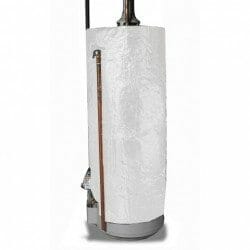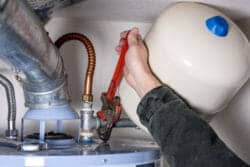Warning Signs of Water Heater Malfunctioning
Home » Plumbing » Water Heaters »
Recognizing the signs of a malfunctioning water heater can help prevent costly repairs, potential water damage, and ensure consistent access to hot water. A malfunctioning water heater can also pose several risks and dangers. These hazards range from minor inconveniences to potentially serious safety concerns.
A Malfunctioning water heater can lead to:
- Water Damage: Leaks or a tank failure can cause significant water damage to your home, affecting floors, walls, and personal property. Water damage can also lead to mold and mildew growth, which poses additional health risks.
- Scalding: A malfunctioning thermostat or a failed temperature and pressure (T&P) relief valve can cause water temperatures to rise to dangerous levels, leading to scalding injuries, leaks and significant injury.
- Carbon Monoxide Poisoning: Gas water heaters that are not venting properly can release carbon monoxide, a colorless, odorless gas that can be lethal. Improper combustion or a blocked flue can exacerbate this risk.
- Fire Hazard: Faulty gas control valves, leaking gas lines, or improper installation can present fire risks, especially in gas water heaters. Electrical faults in electric water heaters can also pose a fire risk.
- Explosion Risk: Though rare, a severely malfunctioning T&P relief valve combined with other failures can lead to a dangerous increase in pressure, potentially causing the water heater tank to explode. This can result in significant property damage and injuries. Health Risks from Bacteria: Warm, stagnant water in a malfunctioning water heater can become a breeding ground for bacteria, such as Legionella, which causes Legionnaires’ disease, a serious form of pneumonia. Mold is also a concern.
- Energy Waste and Increased Costs: A water heater that is not operating efficiently can lead to wasted energy and higher utility bills. Sediment buildup can reduce the effectiveness of heating elements and the transfer of heat from gas burners. Water heaters exposed to cold temperatures that are not sufficiently insulated can also lead to excessive energy usage.
- Reduced Water Supply: A failing water heater may not be able to meet the household’s hot water demands, leading to inconveniences such as cold showers and difficulty performing daily tasks that require hot water.
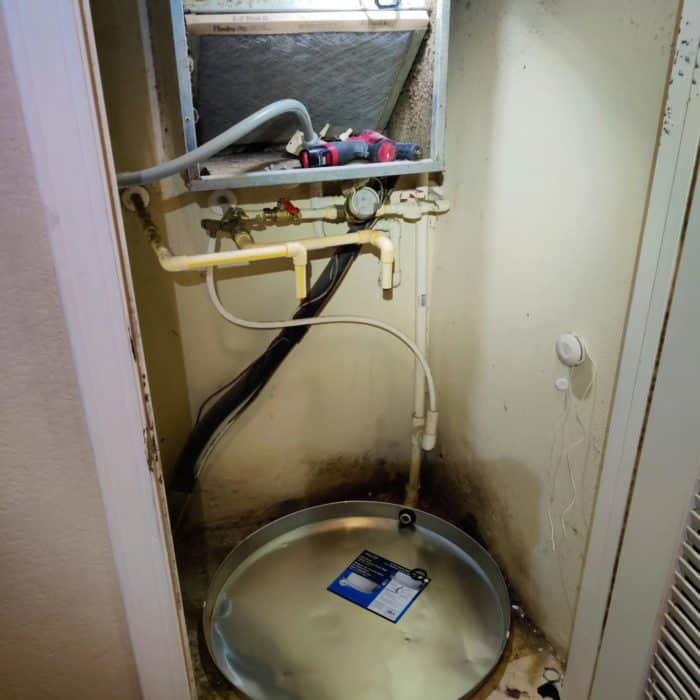
Signs of A Malfunctioning Water Heater
- Inadequate Hot Water: If you’re consistently running out of hot water faster than usual, or the water isn’t getting as hot as it should/used to, it could be a sign of a failing heating element in electric heaters or a problem with the gas burner in gas heaters.
- Strange Noises: Banging, rumbling, or popping noises coming from the water heater tank can be a sign of sediment buildup. Over time, this sediment hardens and can cause inefficiency, accelerated tank damage as well as clog the T&P valve.
- Leaking Water: Any signs of water leakage around the base of the water heater are a serious concern. Leaks can be due to a range of issues, from simple ones like a loose connection to more serious ones like a cracked tank. Also, remember the T&P valve is a safety feature. If this valve is leaking or notice water coming out the discharge line it could be a sign of excessive pressure or temperature inside the tank.
- Rusty Water: If rusty water comes out when you turn on the hot water, it could indicate corrosion inside your water heater tank, which can lead to leaks.
- Cloudy or Smelly Hot Water: Cloudy or foul-smelling hot water can be a sign of bacterial growth or mineral buildup in the tank.
- Rapid On/Off Cycling: If the water heater is cycling on and off more frequently than normal, it could indicate a malfunctioning thermostat or a faulty heating element.
- Pilot Light Issues: For gas water heaters, if the pilot light keeps going out or won’t stay lit, there could be an issue with the gas supply or the thermocouple.
- Long Time to Reheat Time: If your water heater is taking longer than usual to reheat water, it could be due to a failing heating element or other internal issues.
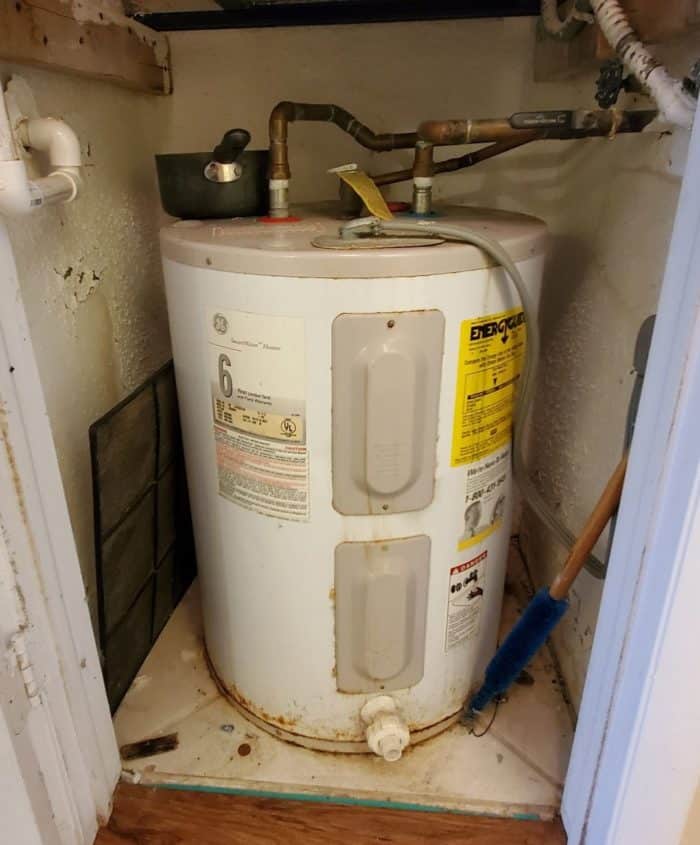
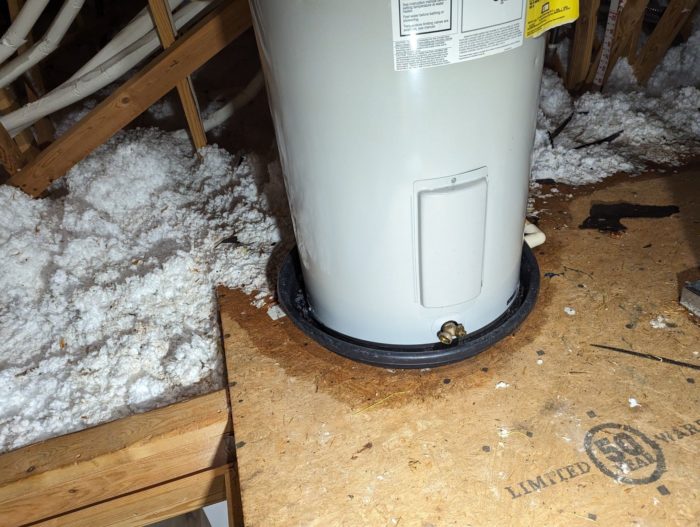
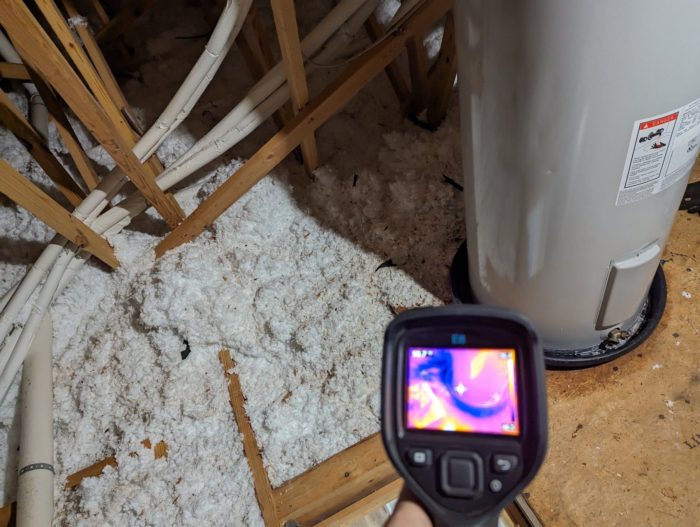
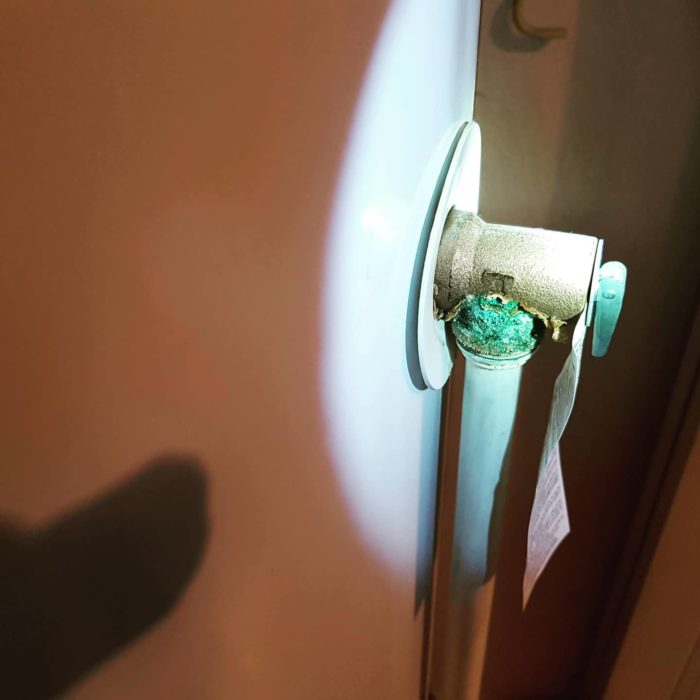
By consistently performing inspections, draining, and flushing, a gas water heater can have a lifespan of 8 to 12 years, while an electric water heater may last between 10 to 15 years. As a water heater gets closer to the end of its useful life, take greater care to look out for warning signs.
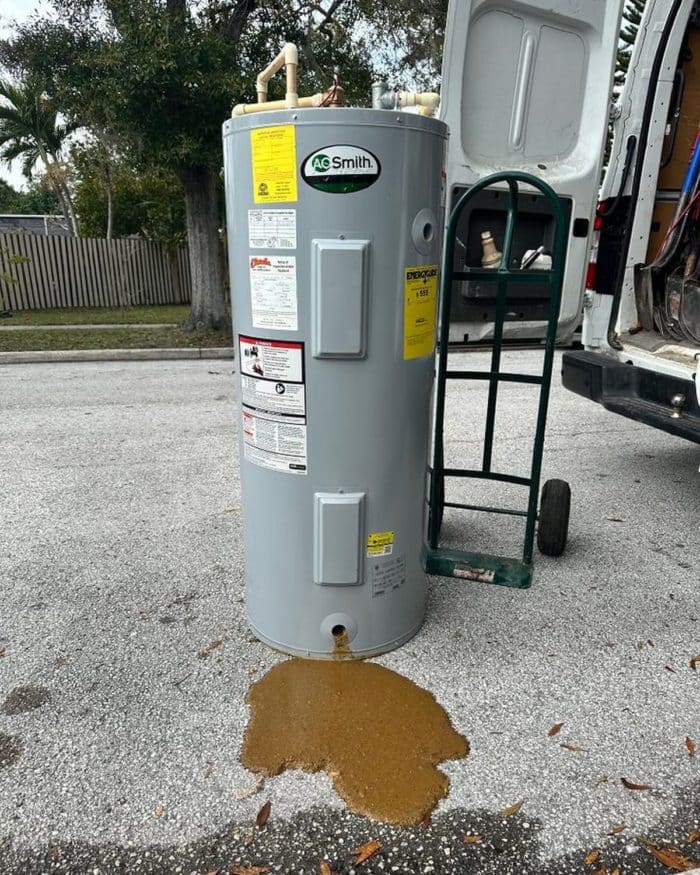
Make Sure to Know Your Water Heater’s Age
To determine the age of a water heater, you can usually do so by inspecting its serial number, which often includes the manufacture date encoded within it. Here’s a step-by-step guide to finding out the age of your water heater:
- Locate the Serial Number: Check the water heater’s label, usually found on the upper part of the unit. Manufacturers often place the serial number on a sticker or plate that also includes the model number and other pertinent information.
- Decode the Serial Number: The format of the serial number can vary by manufacturer, but it typically includes a code that represents the month and year of manufacture. Some common formats include:
- The first letter represents the month (e.g., A for January, B for February, etc.), and the following two digits indicate the year.
- The first two digits represent the year, and the next two digits are the week or month of manufacture.
- Consult the Manufacturer’s Guide: If the serial number format isn’t immediately clear, consult the manufacturer’s website or customer service. Many manufacturers provide online tools or guides for decoding serial numbers.
- Look for a Manufacture Date: In some cases, the manufacture date may be printed directly on the label, making it easier to determine the age without needing to decode the serial number.
Understanding the age of your water heater is crucial for maintenance, efficiency, and preparing for a replacement before it fails. If you’re unable to decode the serial number or if the label is worn out and illegible, contacting the manufacturer with the model and serial number can be a direct way to find out the age of your unit.
Here are a few sample links to find out the age of your water heater.
- Rheem Water Heater Serial Lookup
- AO Smith Water Heater Serial Lookup
- Bradford White Water Heater Age
- GE Water Heaters
- The age of GE Water Heaters is determined by their serial numbers, with the first two digits representing the month and the following two digits indicating the year.
Mitigate Costly Damage – Be Proactive
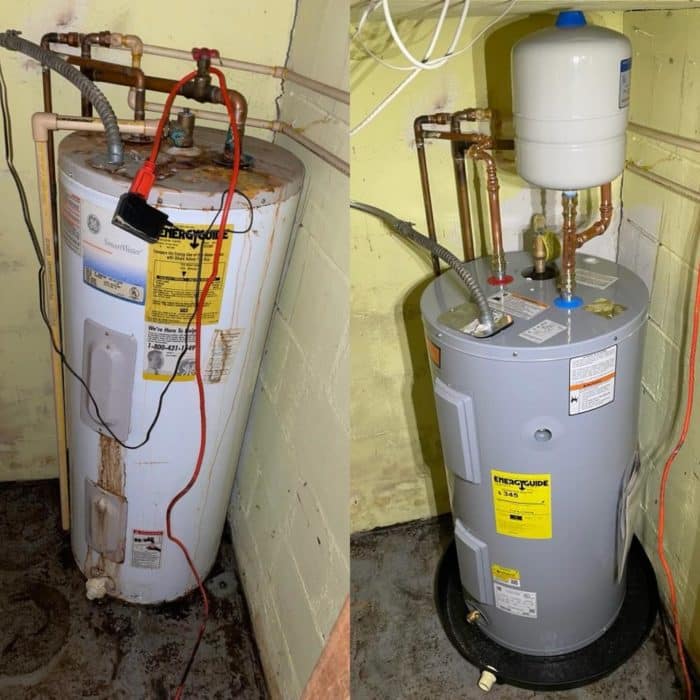
If you do notice any of these warning signs, it’s important to act quickly. Some issues can be resolved with simple maintenance or repairs, but others may require the replacement of the water heater. Consider consulting with a professional plumber to accurately diagnose and safely fix the problem.
To mitigate these risks, it’s important to perform regular maintenance on your water heater, such as annual flushing to remove sediment buildup, checking the anode rod, and testing the T&P relief valve. In some cases, replacing an old or severely malfunctioning water heater may be the safest and most cost-effective option.

